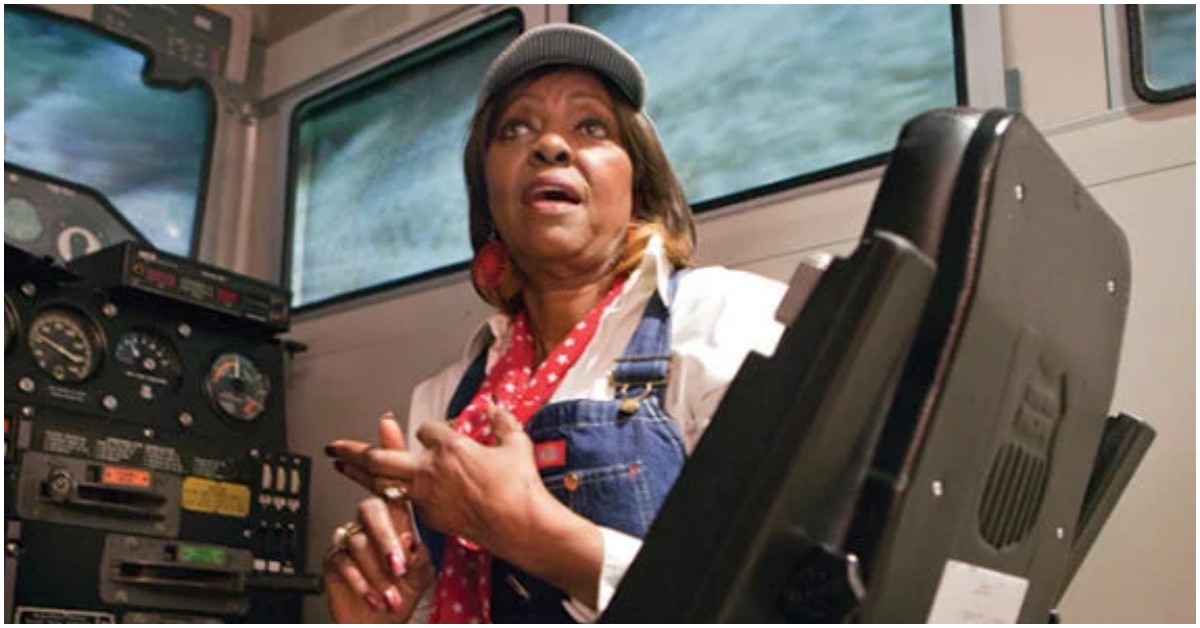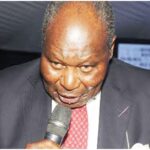Edwina Justus made history as the first Black female locomotive engineer at Union Pacific Railroad, one of the largest and oldest railway companies in the United States.
Her remarkable achievement, which occurred in 1976, paved the way for greater diversity and representation in a traditionally male-dominated field.
From Traction Motion Clerk to Trailblazing Engineer
Edwina Justus’ journey to the engineer’s seat began as a Traction Motion Clerk at Union Pacific’s Omaha office, where she was one of only five Black women employed.
Although her initial role involved monitoring the condition of locomotive engines, Justus’ curiosity and ambition led her to pursue a more hands-on career in the industry.
Justus’ path to becoming an engineer was not without its obstacles. As a woman of color in a male-dominated field, she faced numerous challenges, including racism and sexism.
However, she remained undeterred, pushing forward with determination and focus to achieve her goals.
Trailblazing Achievements and Mentorship
Despite the barriers she faced, Edwina Justus’ perseverance and dedication paid off when she became the first Black female locomotive engineer at Union Pacific in 1976, at the age of 34.
Her appointment was a groundbreaking moment, not only for her personal success but also for the transportation industry as a whole. Throughout her career, Edwina Justus has been a strong advocate for diversity and inclusion in the workplace.
She has mentored and encouraged other women and people of color to pursue careers in transportation, serving as a role model and inspiration for those who aspire to break down barriers in male-dominated fields.
Retirement and Legacy
After a distinguished career at Union Pacific, Edwina Justus retired in 1998 and returned to her native Omaha, where she continued to champion various causes.
Her achievement as the first Black female engineer at Union Pacific has cemented her place in transportation history, and her legacy continues to inspire and empower future generations of trailblazers.





